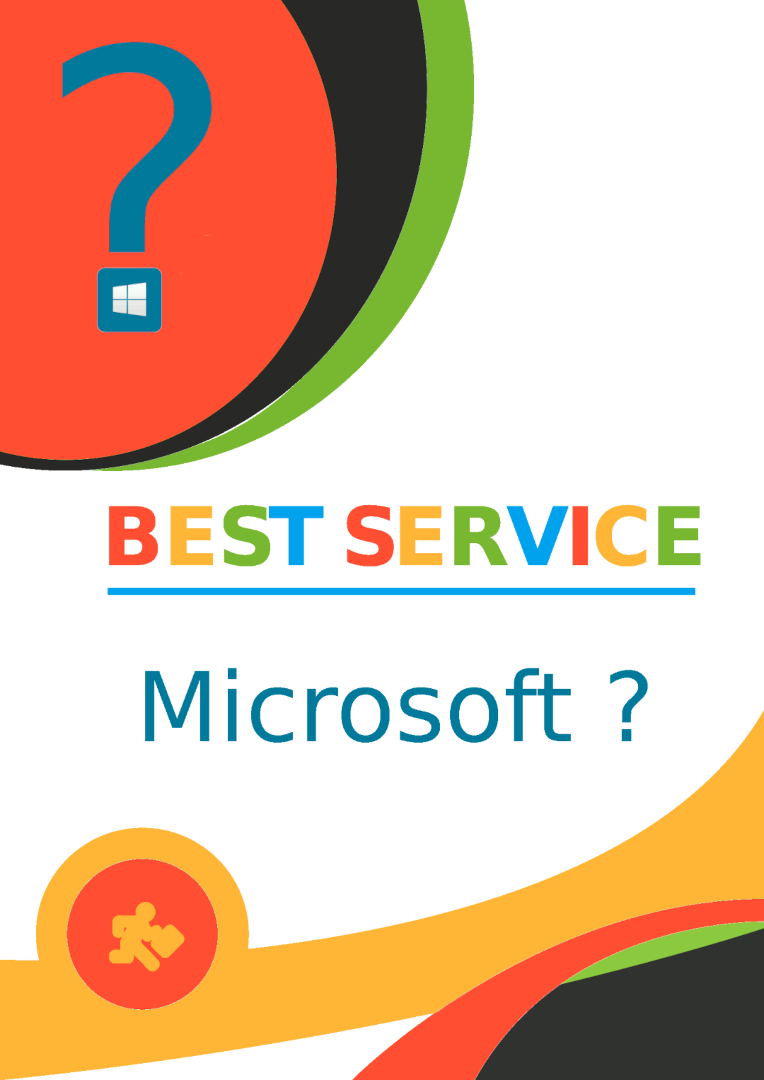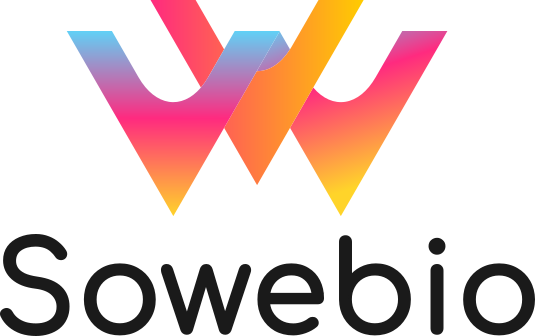A choice...
After using Microsoft Windows, Sowebio made the choice in 2018 to become a company built on free and open-source software. Why? Discover our analysis and approach.
A society without Microsoft?
Microsoft is a symbolic figure among the world’s largest software players. One of the GAFAM giants which, since nature abhors a vacuum, have become hegemonic, all-knowing, and hungry for this century’s black gold: personal data.
Microsoft embodies all the strengths and weaknesses of the model it represents. Always open to opportunity and capable of reinvention, Microsoft is a lasting success. Below, we offer our take on that success and some lessons learned as users of its commercial solutions. Finally, we will present, at the end of the article, the alternatives offered by Free Software.
Who is Microsoft?
Microsoft is an American company, and thus customer-oriented. It doesn’t sell software, it sells solutions. As a commercial company, it doesn’t sell solutions, it licenses them. As a marketing company, it pursues creative strategies, generally superior to those of its competitors.
However, despite persistent and long-standing efforts to engage with the developer community, Microsoft is still not widely appreciated among geeks, even if its image is gradually improving.

Microsoft is a cat
William Henri Gates III and Paul Gardner Allen† had a company before Microsoft. With Traf-O-Data, they attempted to produce vehicle counters. That failure gave them valuable lessons. One of them led, years later, to offering IBM an operating system for just a few dollars per PC.
Of course, Microsoft had no such system to sell, nor the expertise to create one. So once the contract was signed, Microsoft acquired, for a symbolic amount, a small operating system from a tiny company in Seattle.
Lacking in-house expertise, they then rented the services of that system’s creator for the first adaptations. The company’s first employee, recently hired for that purpose, finalized the system, known as MS-DOS.
History repeated itself later, in more glorious fashion, when Microsoft—among countless examples of external acquisitions such as Excel or SQL Server—invested billions to develop the current Windows NT system, with the help of Dave Cutler, the gruff architect of the remarkable VMS operating system.
One of Microsoft’s key strengths is knowing its technical limits. Able to identify the right products and people, Microsoft then acquires the former and attracts the latter.
Its ability to pivot or preempt external movements is also legendary.
Remember MSN, also known as Microsoft Network? In that pre-Internet era at the end of the last century, a few proprietary digital networks coexisted under names like AOL, Compuserve, and Delphi. These services were expanding, and Microsoft invested heavily in MSN to create its own network. The plan was to bundle MSN with Windows to gain a competitive edge.
That’s when the Internet went mainstream.
After initially denying a phenomenon that disrupted its expansion plans, Microsoft made a complete 180° turn. Windows became the default gateway to the Internet, and Microsoft’s web services adopted the name… MSN.
The original MSN proprietary network project was scrapped—followed shortly thereafter by its would-be competitors, AOL and Compuserve, who failed to reinvent themselves.
This agility is still evident today. Microsoft is now a major player in the Cloud with Azure, while still dominating the personal systems market with a Windows ecosystem increasingly hungry for data. The company has rebranded Microsoft Office as Office 365, with SaaS—like the Cloud—becoming the trendy way to monetize services as basic as writing a letter or tracking expenses in a spreadsheet.
Dependence on Microsoft
Microsoft’s strength lies in its marketing power and commercial approach.
It has the ability to offer its products and services for free, then at discounted prices, then at full price, depending on the socio-economic and geographic context1Windows is more affordable in Africa than in Europe., in order to make every user—wherever they are—dependent on its solutions.
The Organization of Dependence
To renew their clientele, alcohol vendors fund happy hours and drug dealers offer free samples to young users.
To create dependence.
The organization of dependence is an ancient practice. Technocracy didn’t invent it.
Educational Dependence
Preferential agreements with education ministries in many countries follow the same pattern. Children grow up using Windows systems and Microsoft software.
As future consumers, they develop habits they will reproduce as adults—favoring and purchasing Microsoft products.
PC-Linked Dependence
The tied selling of Windows with PCs violates "free and fair competition"—to quote a favorite European phrase.
The Windows license is sold at a deep discount to the manufacturer, who pre-installs Windows along with the full suite of Microsoft software.
European authorities rarely go beyond symbolic opposition, as many of their own officials are themselves hooked on Microsoft products.
The end user becomes accustomed to using only Microsoft software on a Windows system.
Professional Dependence
As an omnipresent company, Microsoft has accompanied the rise of IT as the nervous system of business. Often, IT directors choose Microsoft by default, because in the event of failure, no one can blame them—they chose the market leader.
This universal dominance stems from Windows: its systematic installation and intrinsic qualities—it runs on all hardware and maintains strong software compatibility between versions.

Microsoft’s Supreme Agility
Microsoft’s most recent pivot: Free Software.
Once called a cancer by Steve Ballmer2CEO of Microsoft from 2000 to 2014, Free Software is now central to Microsoft’s strategy, with numerous acquisitions and the open-sourcing of some Microsoft products and components.
The loop seems to be closing. Microsoft’s fundamentals are being reinvented, and its current CEO, Satya Nadella, has even helped refresh the company’s image. "The devil’s finest trick is to persuade you that he does not exist."3Short poems in prose by Charles Baudelaire
Bill Gates and Paul Allen† had a child—with a certain spirit. 1 and 1 equals 3. And not just in binary.
In the second part of this article, we will explore “Free Software, the Unknown”, “The Free Software Economy”, “The Benefits of Free Software”, “The Transition to Free Software” and finally, we’ll ask: “A Company Without Free Software?”


